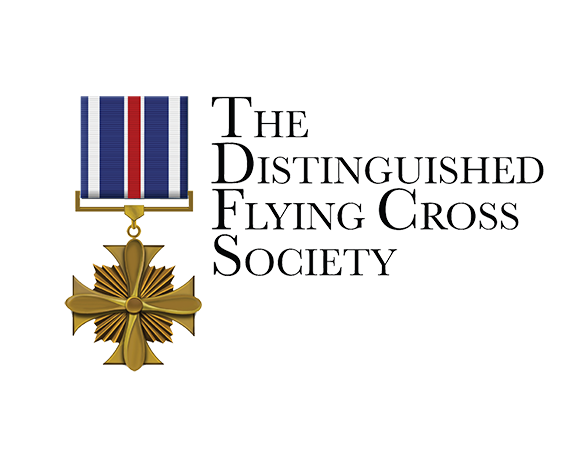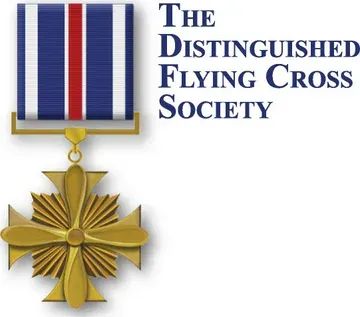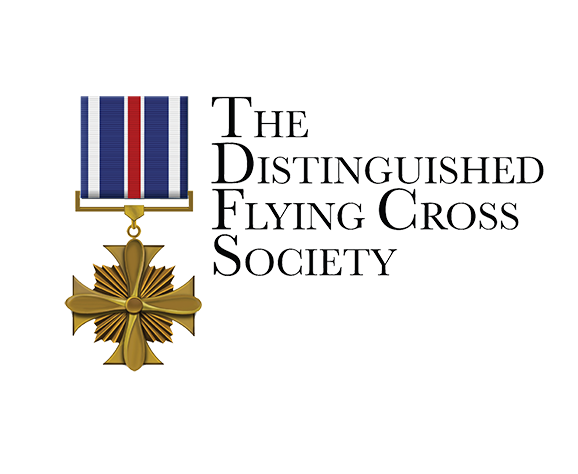Matthew K. Morrison
AWARDED DFC:
1
CONFLICT/SPACE FLIGHT/EVENT: Iraqi Freedom
MODEL: F-16
Citation: 1.) The mission under extremely hazardous conditions. Captain Morrison, flying on a suppression of enemy air defense mission, protected F-18s, F-14s, B-1s and F-16CFs striking targets in and around Baghdad, in support of Operation IRAQI FREEDOM. Once on station, his flight was notified of a delay for the strike package. While orbiting in the target area, Captain Morrison observed a surface-to-air missile launched at his flight and he directed a defensive maneuver. Within minutes of the first launch, four additional surface-to-air missiles were launched at Captain Morrison's element. He successfully directed two threat reactions while aggressively maneuvering his aircraft to defeat threat radars, the incoming enemy missiles and intense anti-aircraft artillery fire. Under this persistent enemy fire, he precisely employed two high-speed anti-radiation missiles against an Iraqi SA-2 and an Iraqi SA-3 surface-to-air missile system in the striker's target area. Captain Morrison's element remained on station over Baghdad for more than fifty minutes despite critically low fuel and the significant risk to themselves and their aircraft, allowing the strikers to successfully destroy vital Iraqi military and regime targets. The outstanding heroism and selfless devotion to duty displayed by Captain Morrison reflect great credit upon himself and the United States Air Force.


